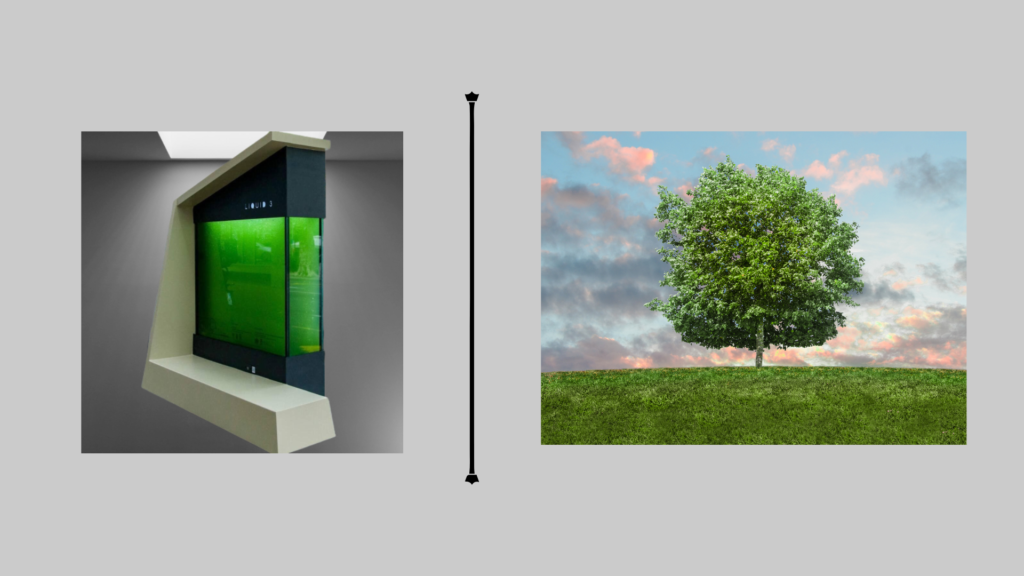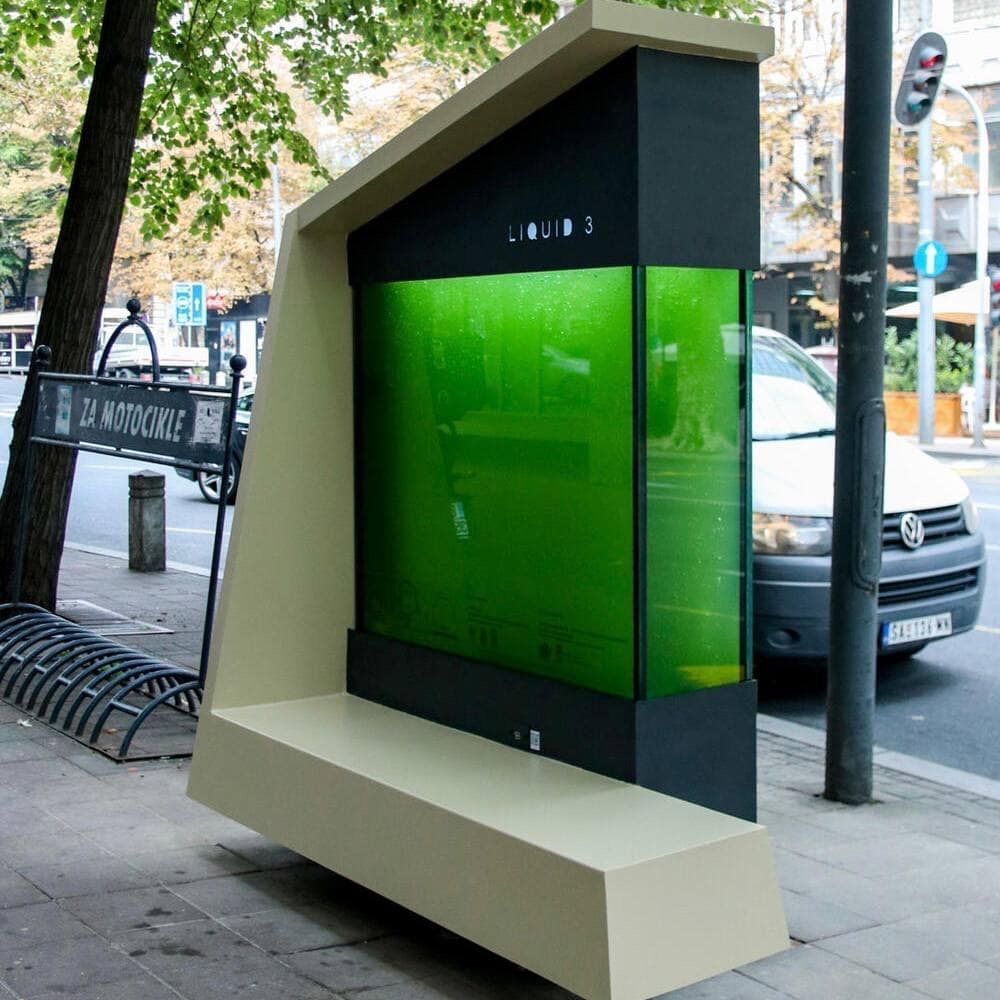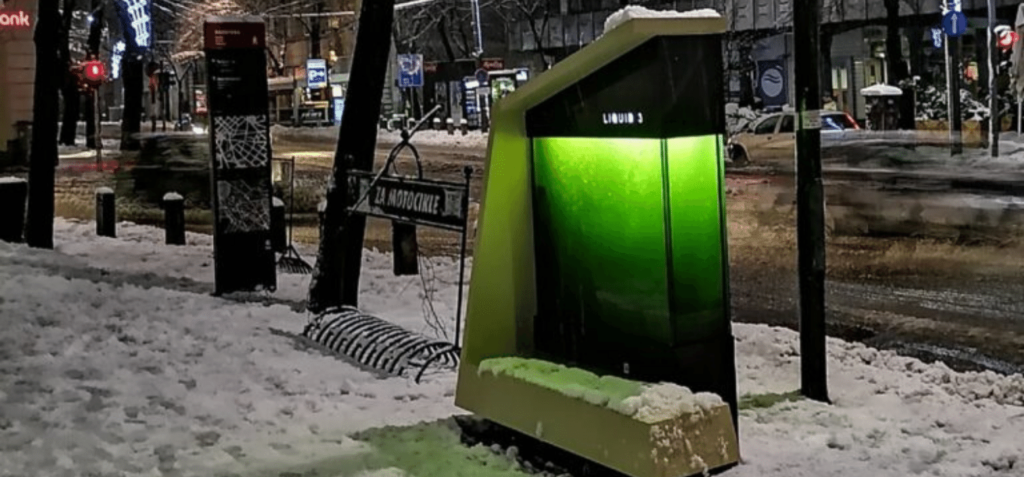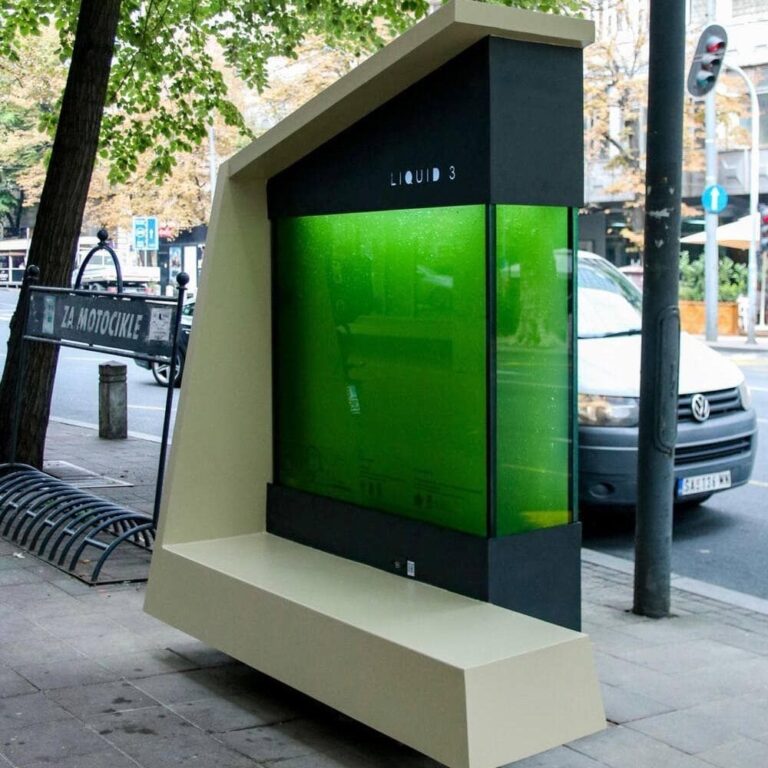Urban areas worldwide are increasingly seeking solutions to the challenges of rapid urbanization, including limited space, pollution, and a lack of greenery. To promote sustainable urban development and address these issues, innovative approaches such as the Liquid Tree are gaining attention.
This is an artificial device that can effectively absorb CO2 and produce oxygen, mimicking the capacity of natural trees. Designed specifically for urban environments, this product has the potential to enhance air quality and mitigate the impact of climate change. In this blog post, we will delve into this concept and explore their design, functionality, and effectiveness. We will also highlight the importance of sustainable urban development and the role of green spaces in creating healthy, livable cities.
Table of Contents
What is the Liquid Tree?
A Liquid Tree is a specially engineered device designed to absorb CO2 and produce oxygen, with the goal of reducing carbon emissions and improving air quality in urban environments. These devices contain moss incubated in a container filled with a liquid engineered to enhance diffusion of CO2 into the container.
The moss then converts the CO2 into oxygen through photosynthesis. Liquid Trees can be installed in various locations, such as public spaces, building facades, and even public transportation, and have been shown to be twice as effective at absorbing CO2 as natural trees. This installation can have a significant positive impact on air quality, and their innovative technology offers a promising solution to climate change.
How Does the Liquid Tree Compare to Natural Trees?
Comparing this product to natural trees in terms of CO2 absorption and oxygen production, while natural trees are the traditional standard, this product has been engineered to mimic the functions of trees more efficiently. Although they have a smaller overall capacity compared to natural trees, they are twice as effective at absorbing CO2.

Moreover, Liquid Trees can be installed more easily in urban environments where space is limited, making them a valuable asset in cities. Despite their advantages, natural trees offer a range of additional benefits such as shade, fruit production, and providing habitats for wildlife. Considering the challenges of urbanization, this product may offer a promising solution to supplement or replace natural trees in certain settings.
The Benefits of the Liquid Tree
This product has the potential to revolutionize sustainability, air quality, and urban development. With twice the CO2 absorption of natural trees, this product offers a promising solution to reducing carbon emissions in urban environments. They can be installed in various settings like parks, public spaces, and building facades, providing flexibility in placement.

As cities become smarter, Liquid Trees can be integrated into smart city technology and other sustainable urban development initiatives to create even more efficient solutions. With the potential for improved air quality and a more sustainable future, these trees are an exciting new development in urban greenery.
The Future of the Liquid Tree

With the potential for further innovation and development, Liquid Trees could become even more effective at reducing carbon emissions and improving air quality in cities. As technology advances, the potential for wider adoption and use of this product in urban environments increases, making them a hot topic in sustainable urban planning. They have the potential to mitigate the effects of climate change and improve air quality, making them an exciting solution for cities around the world. We can’t wait to see what the future holds for the development of the Liquid Tree!
We hope this post was helpful and provided some insight into the concept of a Liquid tree.
Please do let us know in the comments if you liked and also do share your views on this new and emerging technology.
Also Read: Boost your business with Generative AI
Thank You!
